The workshop clarified trends and suggested sustainable directions for art development in the digital age.
Sketching a global art picture in the digital age
According to Deputy Secretary of the Party Committee and Chairman of the People's Committee of Cua Nam Ward, Nguyen Quoc Hoan, digital transformation is profoundly changing the way art is created, circulated and enjoyed. With its rich history, heritage and central location, Cua Nam Ward has favorable conditions to combine traditional preservation and creative innovation, stimulating cultural vitality in a modern urban space.

In the first session, international and domestic scholars outlined a clear picture of the global art scene in the digital age. Thereby emphasizing that community art is the “lifeblood” of creative urban areas - where people not only enjoy but also create cultural values. From comparing successful models such as Koenji (Japan), Montmartre (France), Talad Noi (Thailand), the group of authors proposed the model of “Cua Nam Creative Ward”.
Accordingly, the “creative ward” is not only an administrative unit, but also a vibrant cultural space, where the community is the center of artistic activities, participating in creating and managing creative spaces. Heritage is the foundation - both a cultural resource and an artistic material; technology is a tool to connect, preserve and spread cultural values; and the government plays the role of a catalyst, creating flexible mechanisms, encouraging artists, businesses and people to develop together.
According to Associate Professor Dr. Nguyen Thi Thu Phuong, Director of the Vietnam Institute of Culture, Arts, Sports and Tourism: “Cua Nam Ward has all the conditions to become a typical creative ward of Hanoi - where heritage is revived through technology and art, the community becomes artists, and artists become creative citizens”.

The presentation of Associate Professor Dr. Nguyen Thi Thu Phuong also suggested the formation of “community art highlights”, such as art streets, exhibition spaces, cultural education programs for youth - a model combining creativity, tourism and sustainable livelihood. This is a modern approach, but rooted in indigenous culture, demonstrating a vision of connecting conservation - creativity - integration.
Next, Prof. Dr. Tu Thi Loan - Vietnam Institute of Culture, Arts, Sports and Tourism with the presentation "Developing art in the context of digital transformation: International experience and lessons for Vietnam" summarized the Culture is Digital model of Japan - where digital transformation becomes the foundation for preserving, promoting and commercializing cultural products. According to Prof. Dr. Tu Thi Loan: "Digital transformation in art is not only digitizing old values, but also creating new creative methods, suitable for the language and tastes of the times".
International and domestic presentations have opened up a unified vision: Developing Vietnamese art in the digital age must start from the creative community, led by dynamic local authorities, based on technological infrastructure and a modern cultural vision.
Digital transformation - a " lever " for innovation in creative thinking and cultural management
The second discussion session focused on practical solutions for Vietnam - where digital transformation is seen as a lever for innovative thinking and cultural management.
Party Secretary and Chairman of the People's Council of Cua Nam Ward, Pham Tuan Long, presented a paper on "Developing culture and arts in Cua Nam Ward in the context of globalization and digital transformation: Current situation, opportunities and solutions".

From local practice, the Secretary of the Party Committee of Cua Nam Ward said that Cua Nam Ward is a place where historical, religious, architectural and rich urban life values converge, but the work of preserving and promoting culture still lacks connection between heritage - art - tourism.
To overcome this, comrade Pham Tuan Long proposed five groups of strategic solutions. First of all, the program “Thread of Time” is considered the core - an initiative to preserve and promote heritage through contemporary art, helping people and tourists “touch” history with a new artistic language, arousing pride and the spirit of preserving local identity.
Along with that is the construction of a specialized creative space in the ward center, linking art with tourism, commerce and community activities, creating a new cultural and economic value chain.

Comrade Pham Tuan Long also said that the ward will perfect the policy to encourage public-private cooperation, creating conditions for businesses and individuals to invest in art projects and develop valuable cultural and tourism products.
The Secretary of the Party Committee of Cua Nam Ward proposed developing creative cultural services as a long-term direction, turning art into a new economic resource, contributing to improving competitiveness and sustainable livelihoods for the community. Because art only truly lives when it returns to the community. Digital transformation is an opportunity for people not only to watch art, but also to participate in the creative process, together creating a new cultural face for the locality.
At the second discussion session, experts and managers had presentations around the issues: "Technological transformation with performing arts in the 4.0 Revolution"; "Trends of artistic creation in the context of globalization and digital transformation".
Several opinions agreed that digital transformation is opening up a new art market, where music, cinema, fine arts and performance all have the opportunity to reach out globally if Vietnam knows how to combine creativity with effective management.
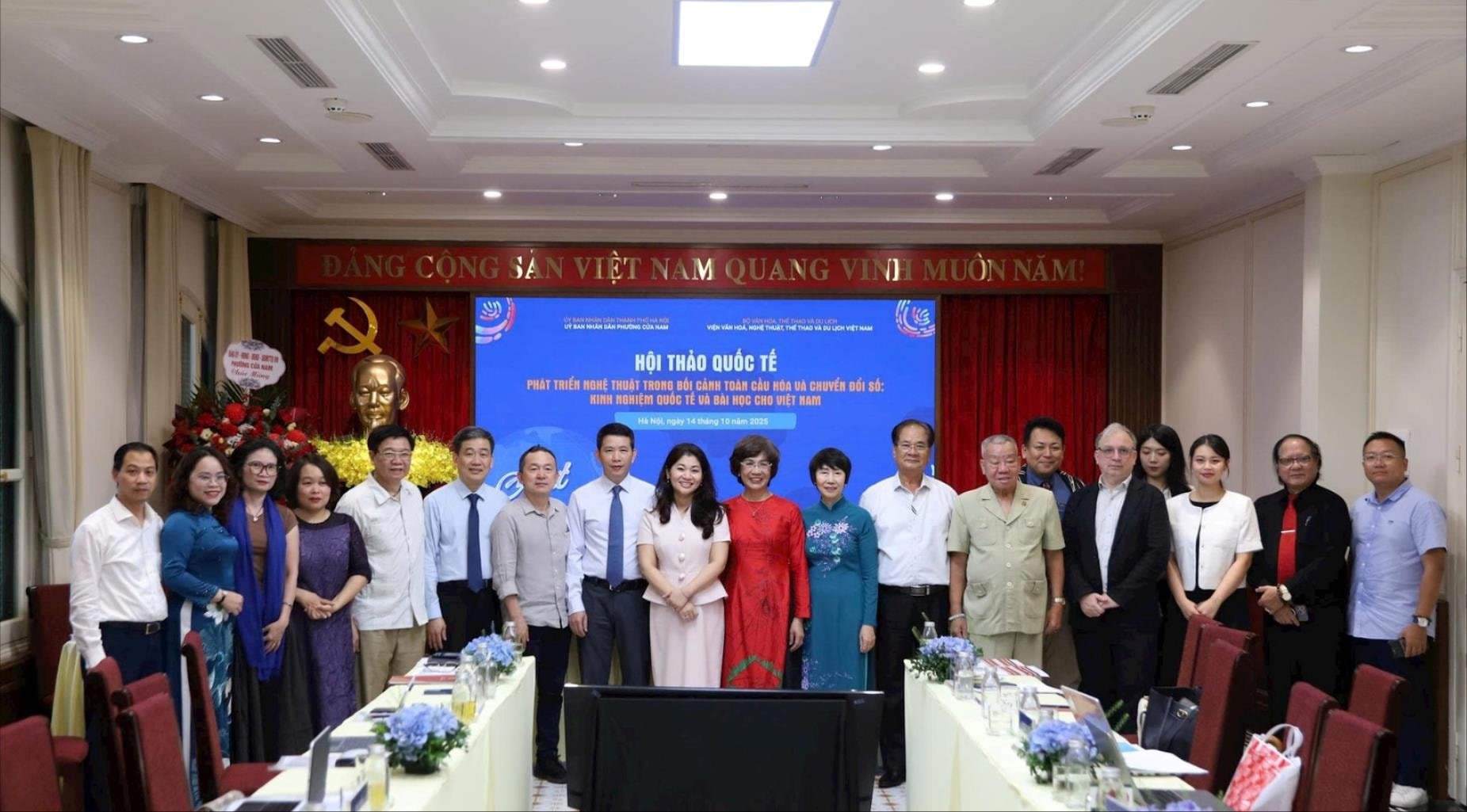
In her closing remarks at the workshop, Associate Professor Dr. Nguyen Thi Thu Phuong, Director of the Vietnam Institute of Culture, Arts, Sports and Tourism, emphasized that the results of the workshop are evidence of the connection between research - management - practice, between the State - artists - community in developing arts and culture. Cua Nam Ward, with its advantage of concentrating heritage values, should be considered a "cultural laboratory" - a place to test creative models based on heritage and technology, thereby contributing to building Hanoi into a Creative City of Southeast Asia.
Source: https://hanoimoi.vn/phuong-sang-tao-huong-di-moi-cho-nghe-thuat-thoi-dai-so-719596.html



![[Photo] Ready for the 2025 Fall Fair](https://vphoto.vietnam.vn/thumb/1200x675/vietnam/resource/IMAGE/2025/10/14/1760456672454_ndo_br_chi-9796-jpg.webp)
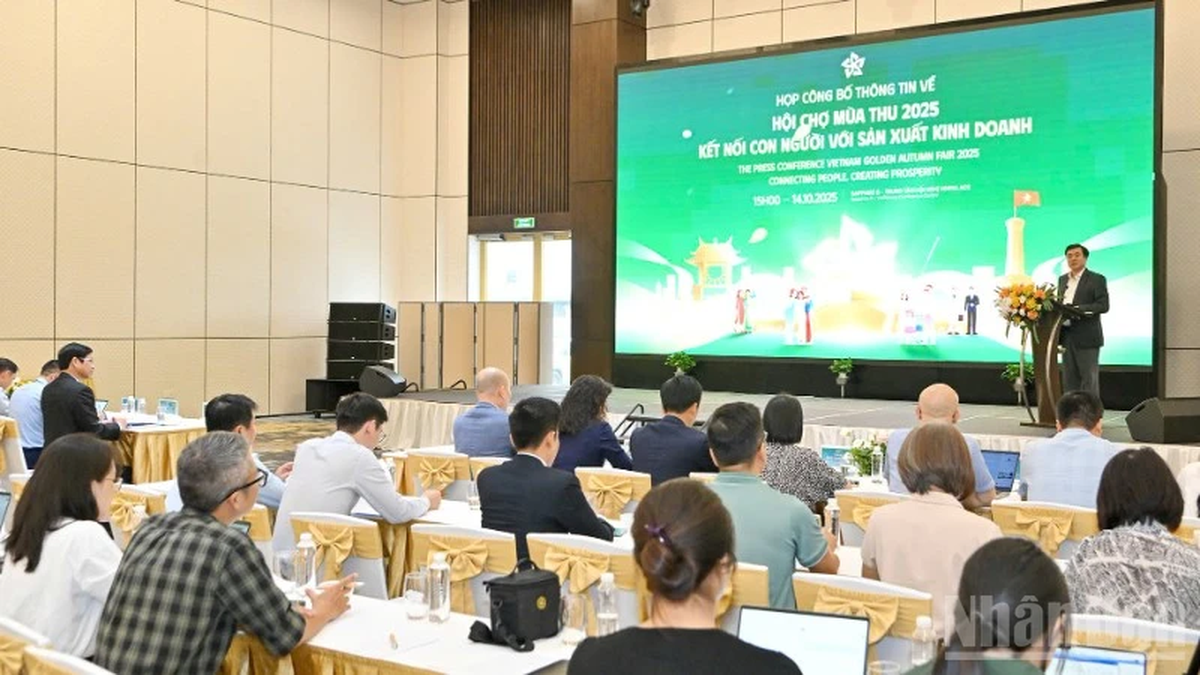


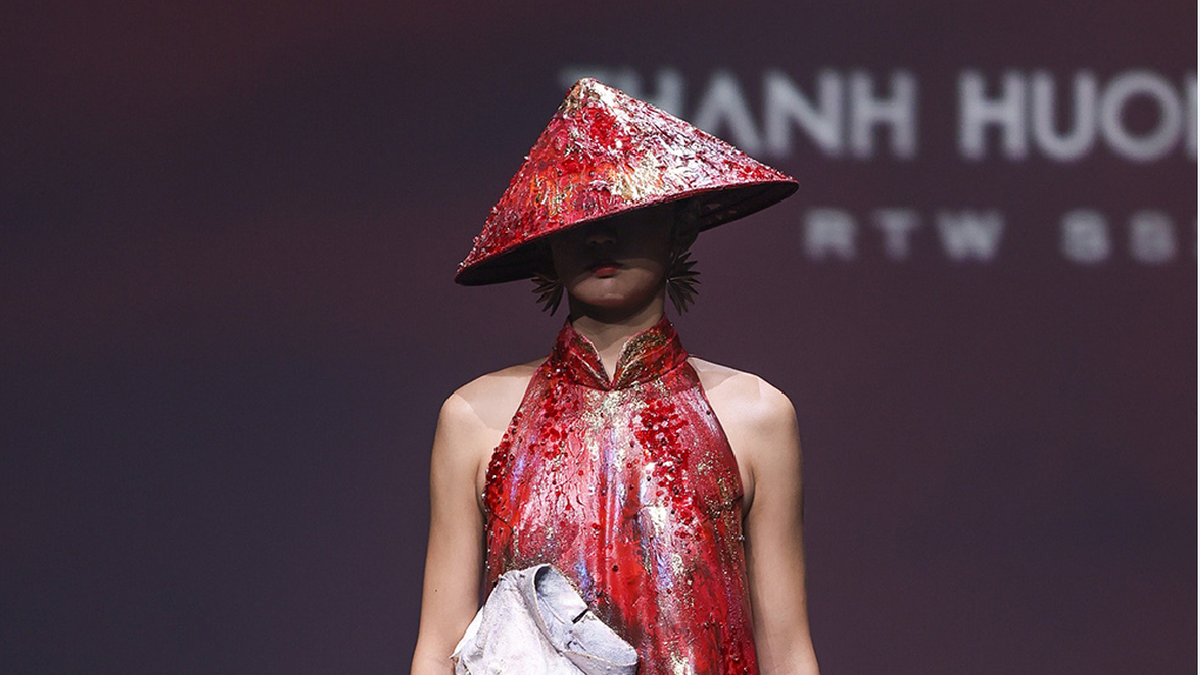
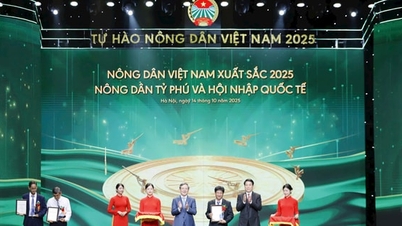


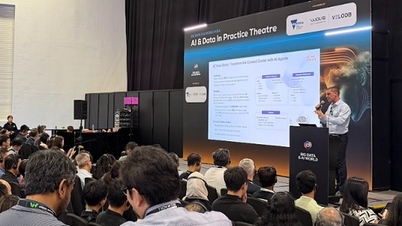

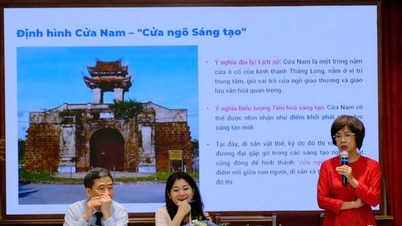
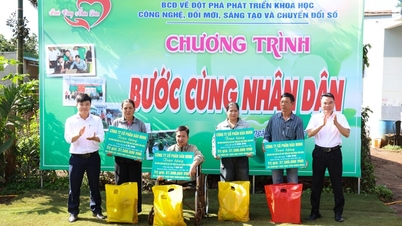

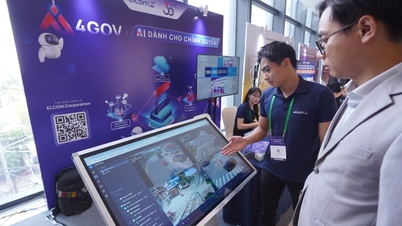




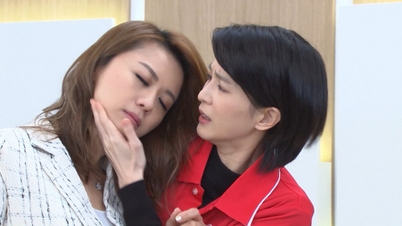
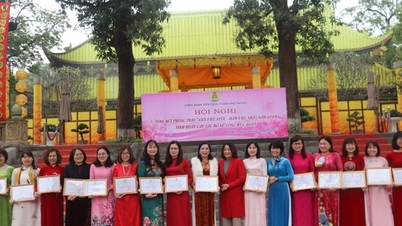
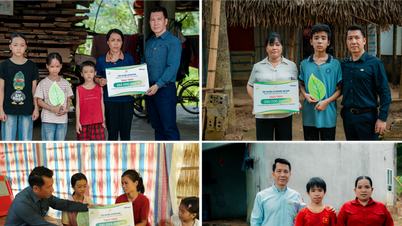
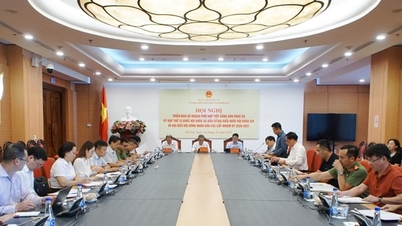




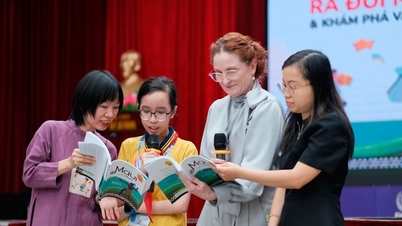
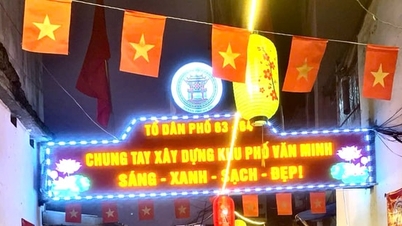
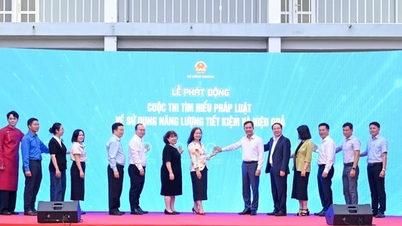
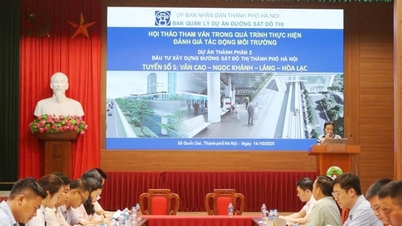

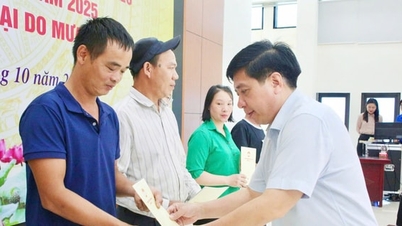



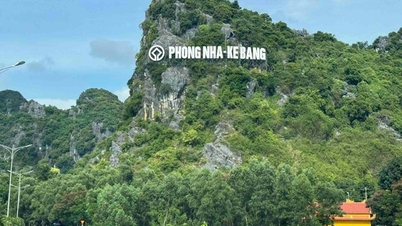

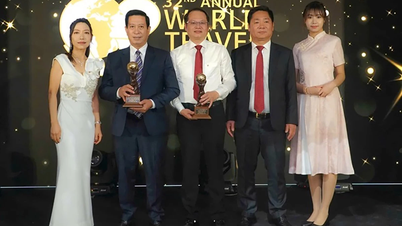

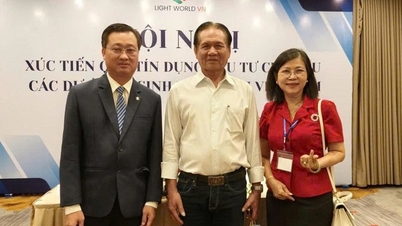


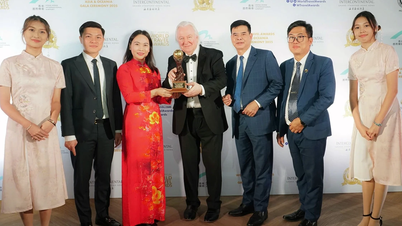







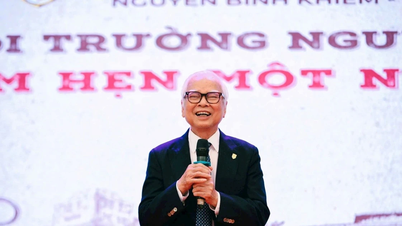






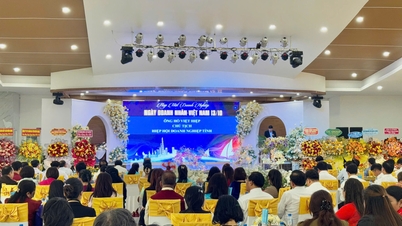
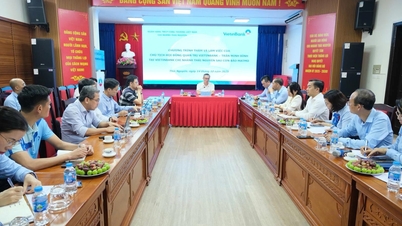
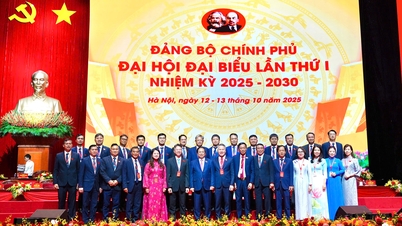
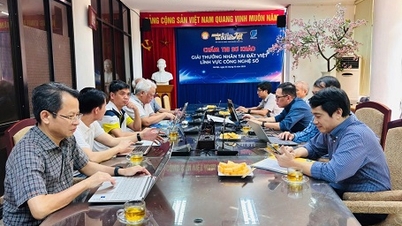









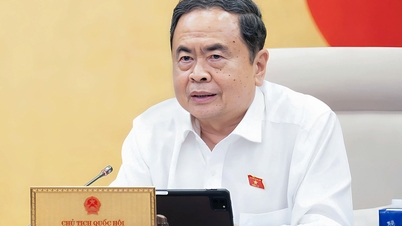
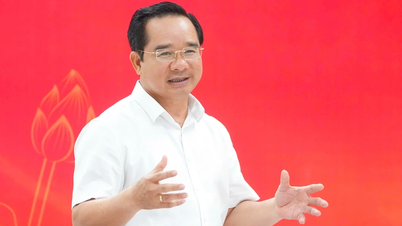
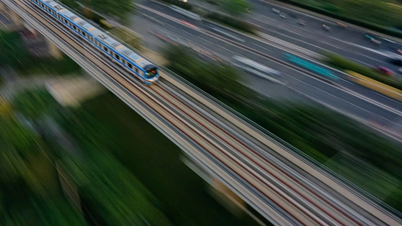

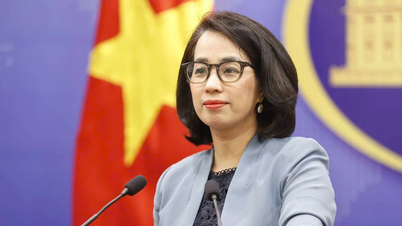

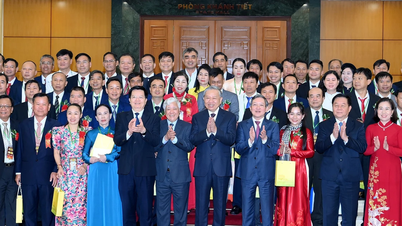
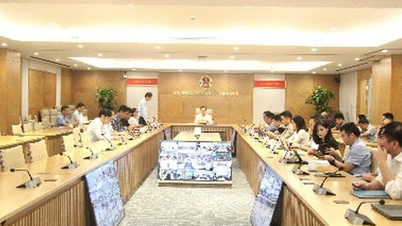

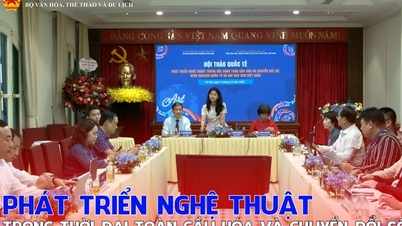

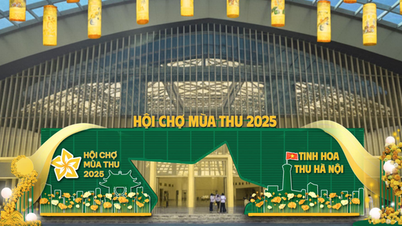
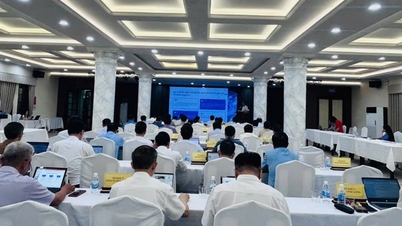
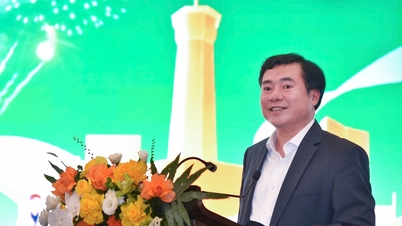

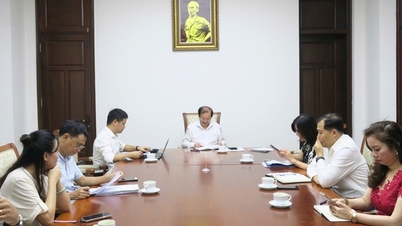
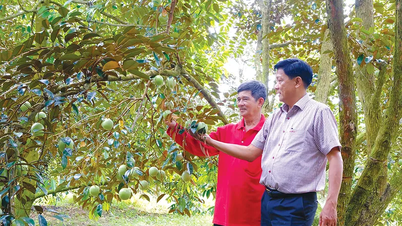

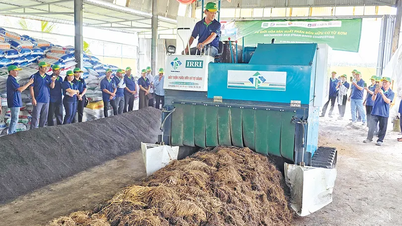
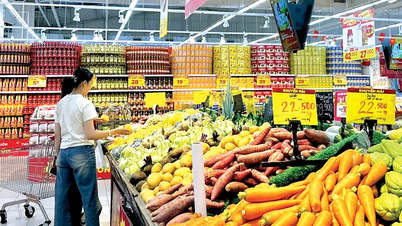
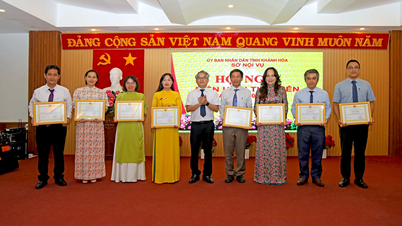

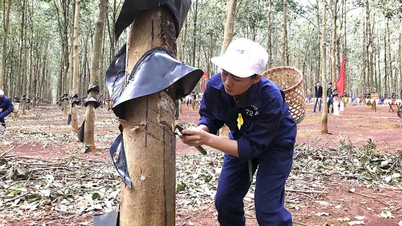

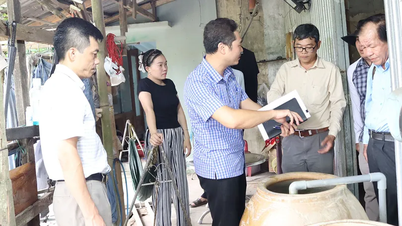









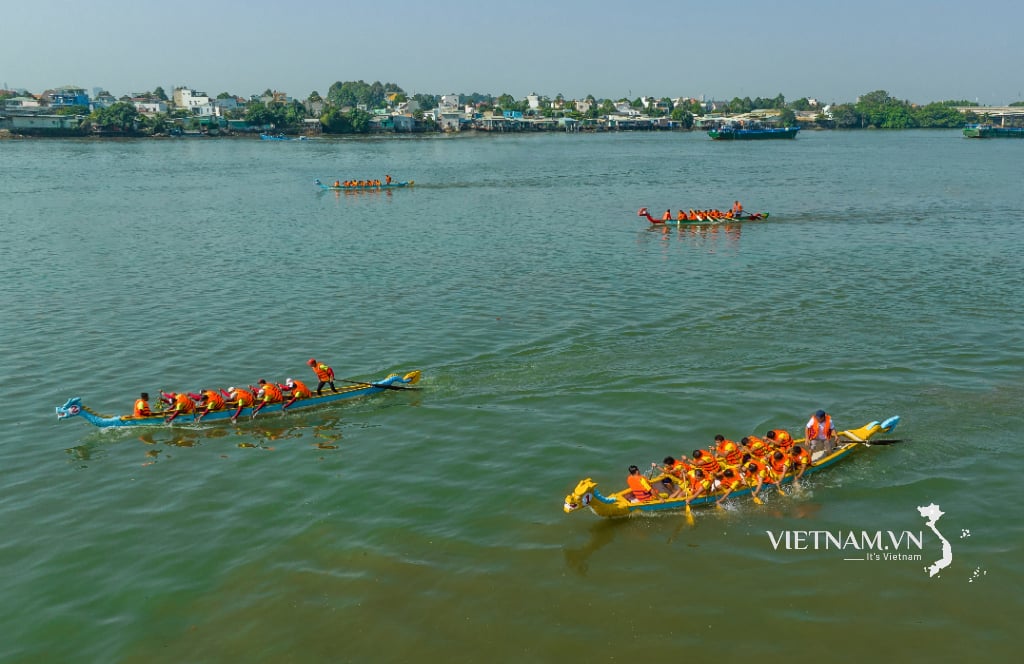



Comment (0)